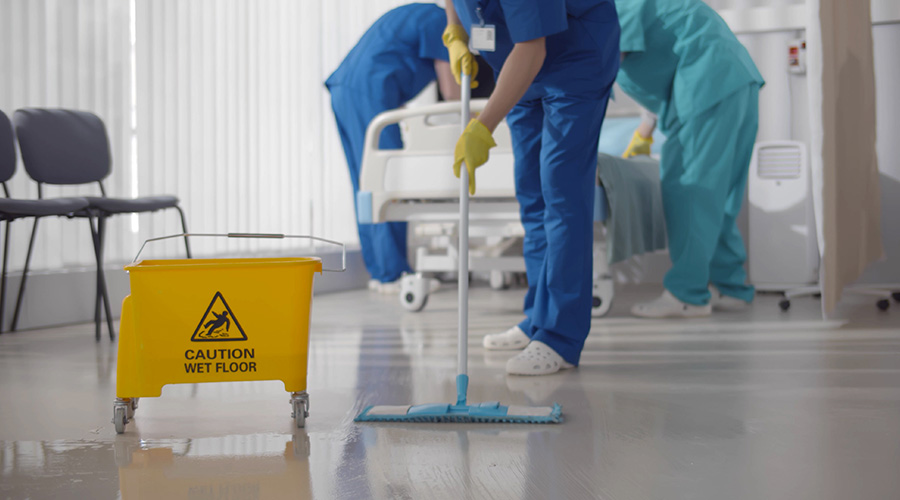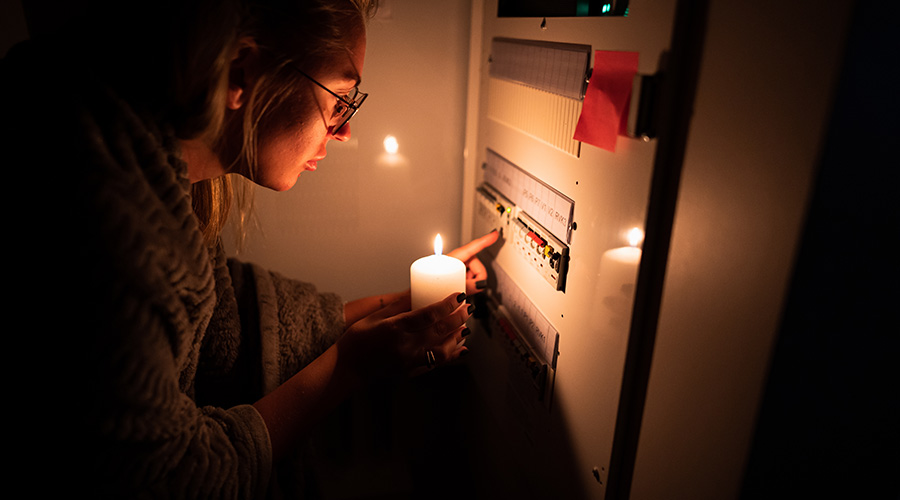Managing indoor air quality in long-term care facilities can be complicated because older adults are more susceptible to the effects of airborne pollutants, according to an article on the McKnight's website.
In many case, HEPA filters are adequate for controlling dust and pollen in indoor air. But standard HEPA filters cannot capture VOCs, nor are they suited for controlling odors.
To remove odors and chemically reactive gases, HEPA air purifiers combine HEPA technology with additional filtration systems, including carbon and potassium iodide media.
The American Society of Healthcare Engineers recommends that filters in resident care, treatment and support areas in assisted living facilities have a minimum efficiency reporting value (MERV) rating of at least seven.

 Contaminants Under Foot: A Closer Look at Patient Room Floors
Contaminants Under Foot: A Closer Look at Patient Room Floors Power Outages Largely Driven by Extreme Weather Events
Power Outages Largely Driven by Extreme Weather Events Nemours Children's Health Opens New Moseley Foundation Institute Hospital
Nemours Children's Health Opens New Moseley Foundation Institute Hospital Code Compliance Isn't Enough for Healthcare Resilience
Code Compliance Isn't Enough for Healthcare Resilience Ribbon Cutting Marks First Phase Completion for New Montefiore Einstein Facility
Ribbon Cutting Marks First Phase Completion for New Montefiore Einstein Facility